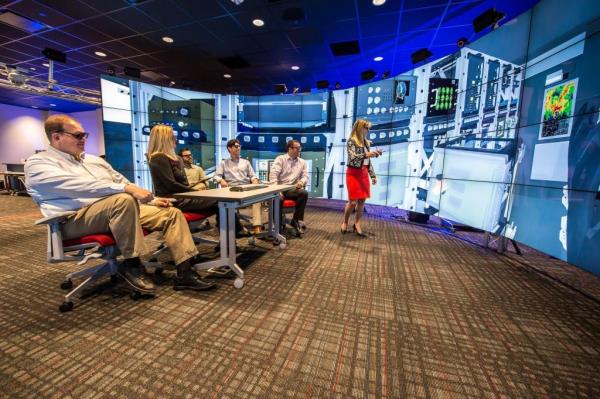Image credit: Oculus
Dual enrollment classes have sparked a great debate, particularly when it comes to virtual classes. What will happen when virtual reality enters the classroom, and students can not only see video, but interact with a scene?
It may seem far-fetched, but virtual reality education already exists. Dr. Shafi Ahmed trains surgeons in third word countries using a 360-degree virtual reality camera. He recently conducted a surgery to remove a tumor, which was covered by WIRED magazine.
Steps are being taken to integrate virtual reality into K-12 education, too. Early tests show that it can help improve engagement.
What may seem far-fetched is a lot closer than one would think. Some of the issues that occurred with dual enrollment, such as students proactively seeking out more favorable teachers, will also occur with virtual reality. But there will be new issues, such as which teachers will be better able to use the technology to engage students in immersive learning experiences.
Pedigree offers another challenge for virtual reality education. If a Harvard University teacher offers an open virtual reality course to qualified candidates, why wouldn’t the students attend that class as opposed to one at their local university or community college? What will the breakpoint be for scalability when it comes to virtual reality education? And what comprises optimized best practices for virtual reality teaching?
These issues, and more, need to be ironed out still, but one thing is clear: students will embrace new technology faster than 90% of their teachers [add link to tech blog]. That makes virtual reality an almost certain issue for educators.
5 Virtual Reality Education Leaders

Image credit: Virtalis
The following are virtual reality resources and technology providers for interested parties to monitor. None of these seem to have a lock on virtual reality edtech, but all of them are related to the emerging tech field.
Digital Bodies offers blog coverage on virtual reality, wearables, media, and education. If you are not already reading Digital Bodies, you might want to take a look. This could be a one-stop shop for basic coverage.
Z-Space is a wearable tech company that offers virtual experiences with a focus on creating education curriculum. Its blog is particularly good. Check it out.
Oculus just got bought by Facebook for $2 billion, and are generally considered the leader in virtual reality wearable technology. While most of their programs are gaming oriented, some of them offer education experiences including this STEM journey through the human body.
Virtalis is another virtual reality tech company, but this one has more of a research bend for academia and science. Check out its applications.
Hololens is the first independent wearable computer, developed by Microsoft. This device offers a strong developers kit and many
unique approaches to new applications. Don’t leave out Microsoft given its successes with Xbox and Surface.
background-image: a building with the American flag in front of it